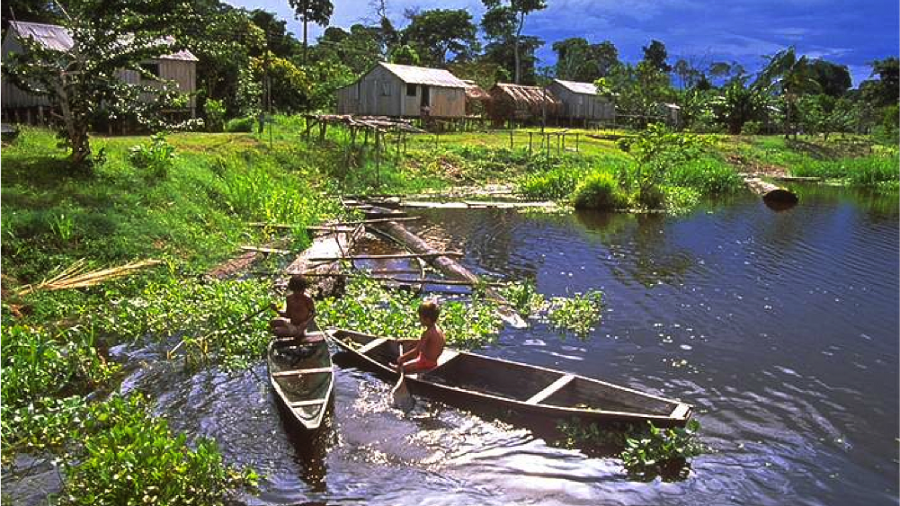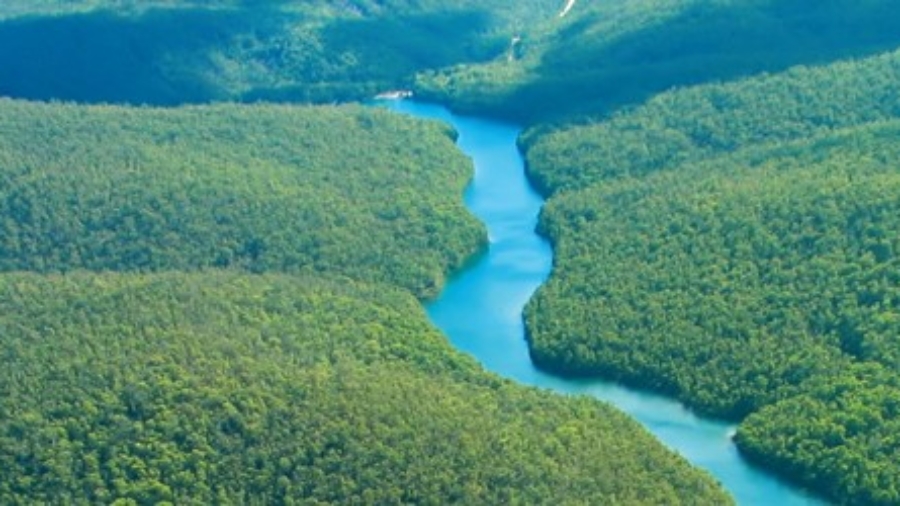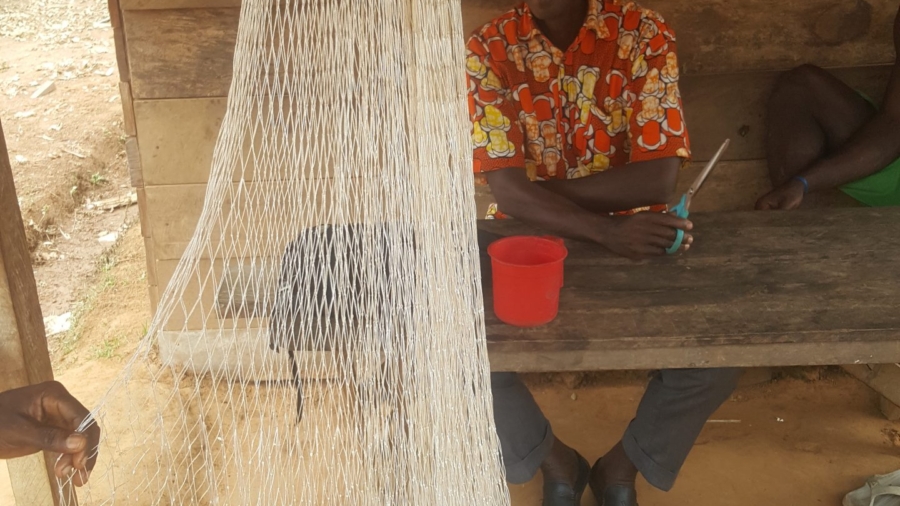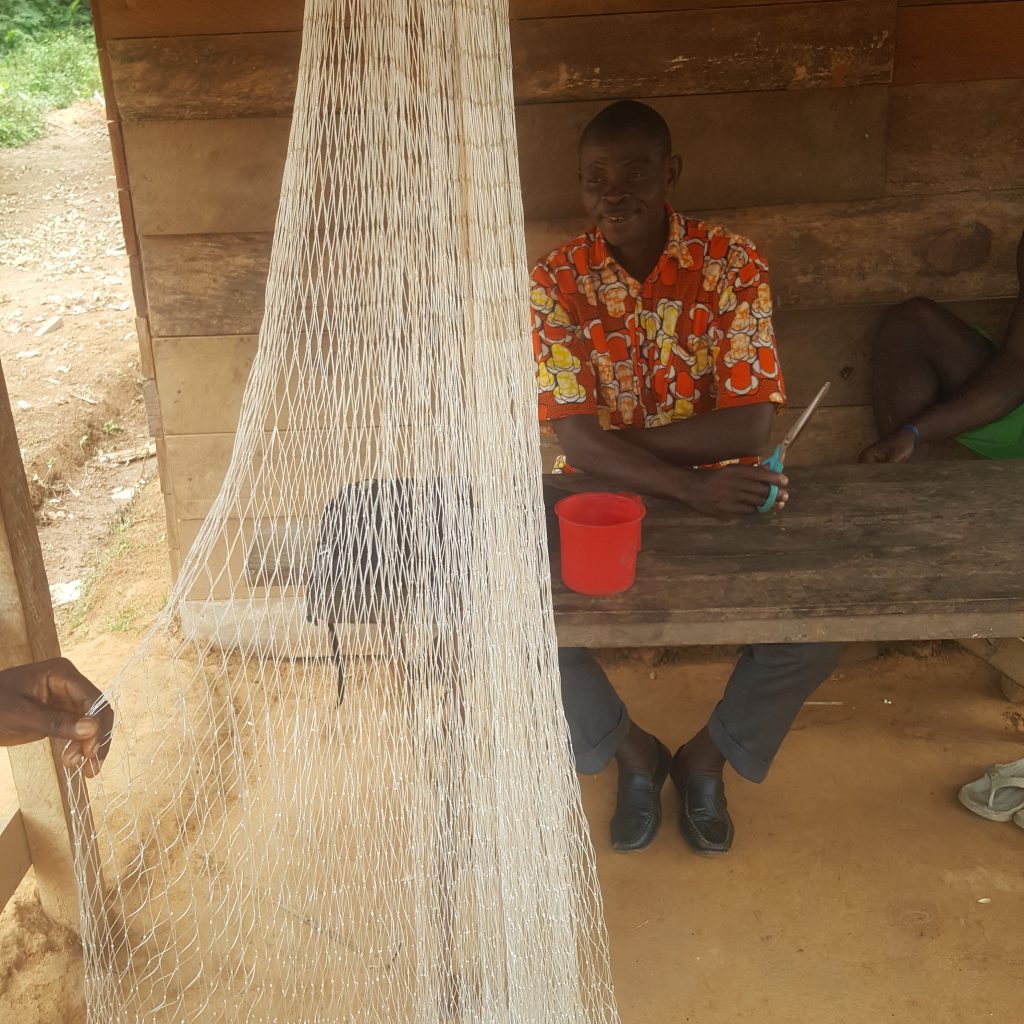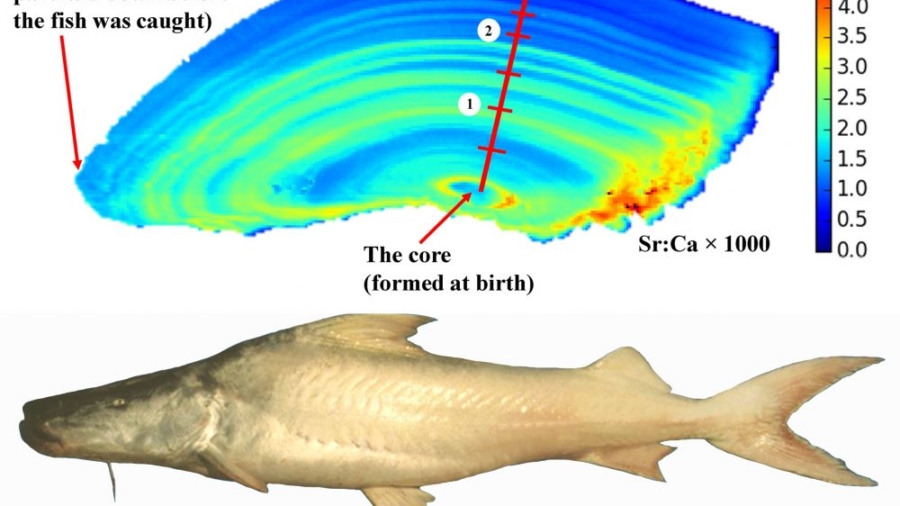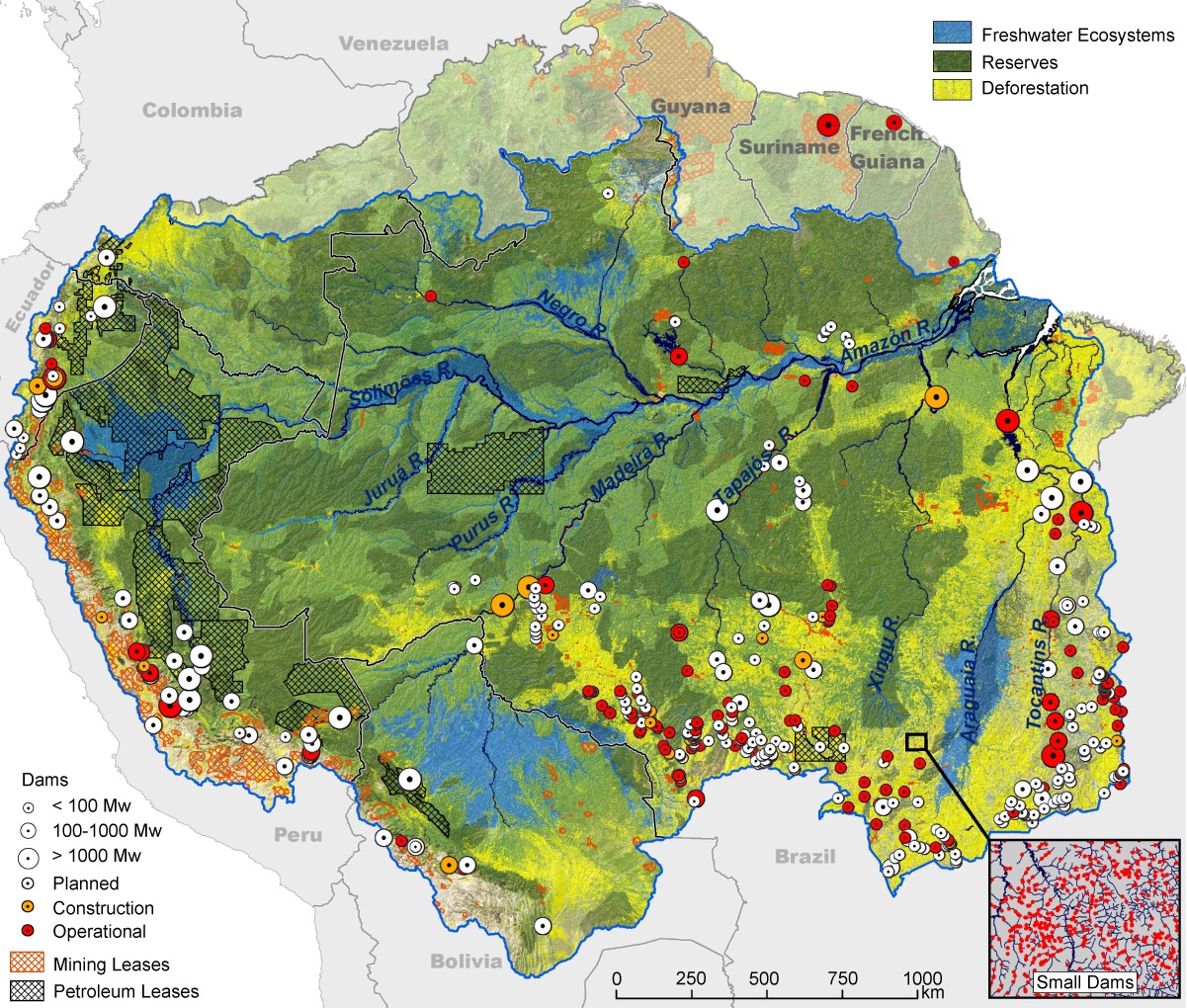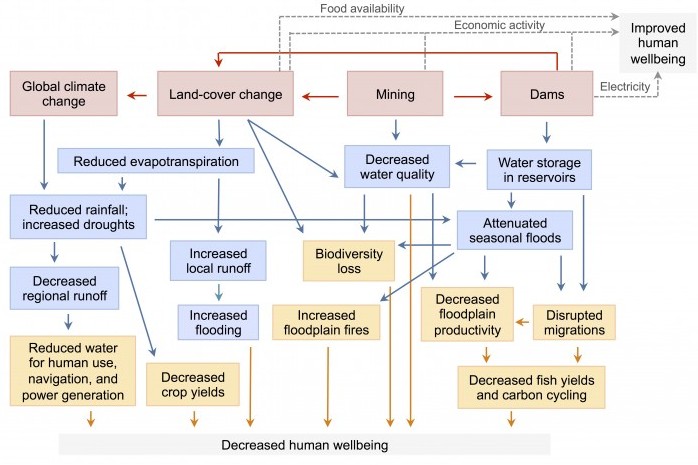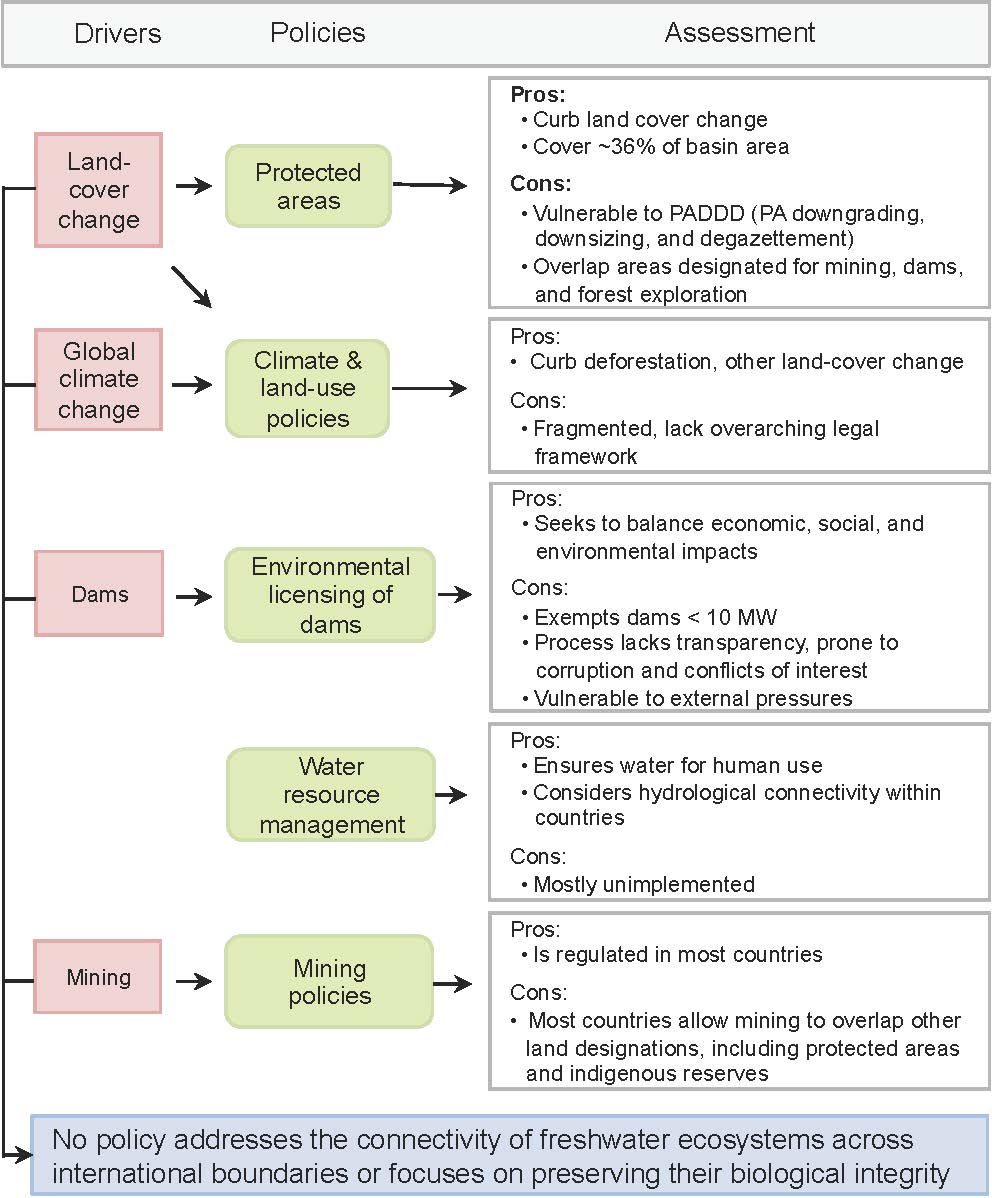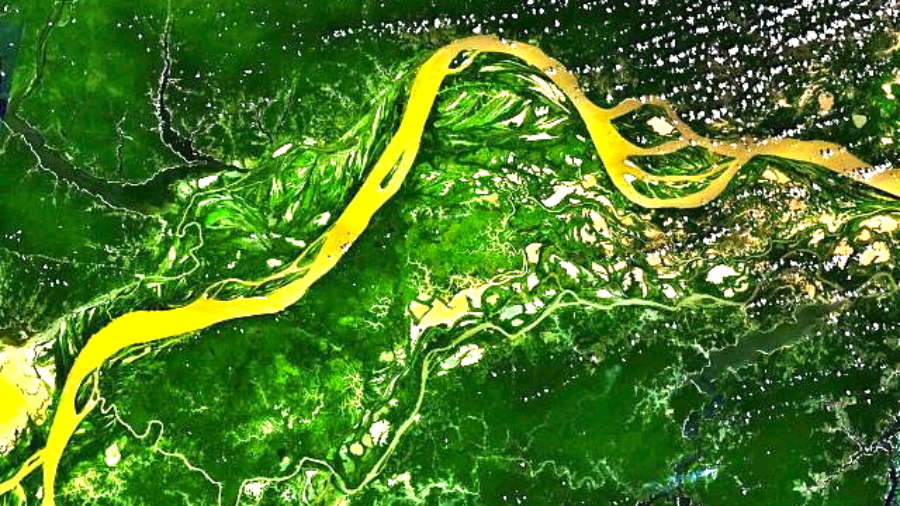Working and learning with stakeholders to preserve Amazon River floodplain biodiversity and fisheries in the face of climate change
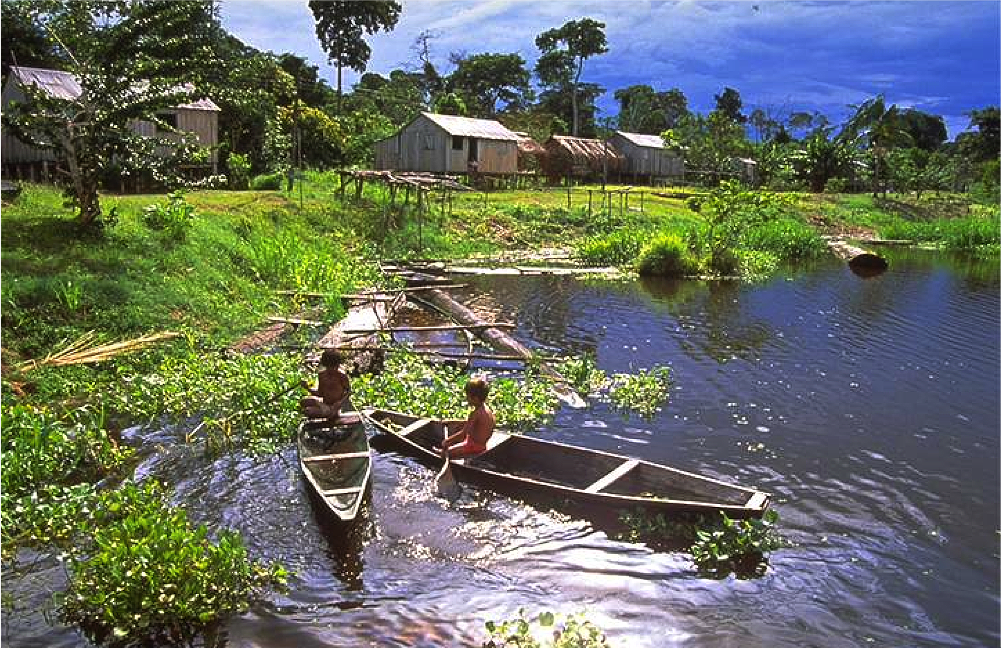
Our new project — funded by BNP Paribas — will combine remote sensing, hydrologic modeling, fisheries and habitat modeling, and participatory work with local riverine communities to develop policies and strategies to preserve Amazonian biodiversity and fisheries in the face of climate change. Involving researches from Brazil, France, UK, Canada, US, our lab’s contribution to this project will be developing empirical models of fish catch for all key commercial taxa, to project the effects on fisheries catch of altered river hydrology induced by potential future impacts of climate change.

